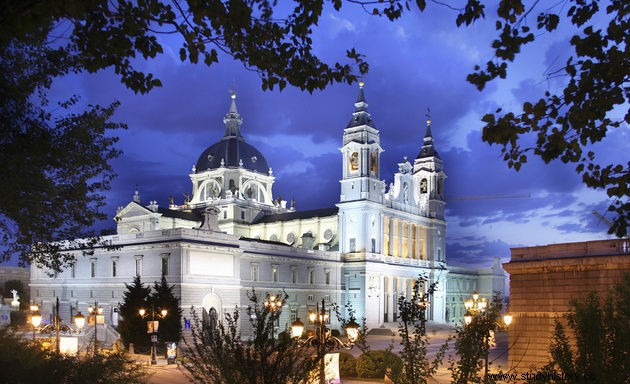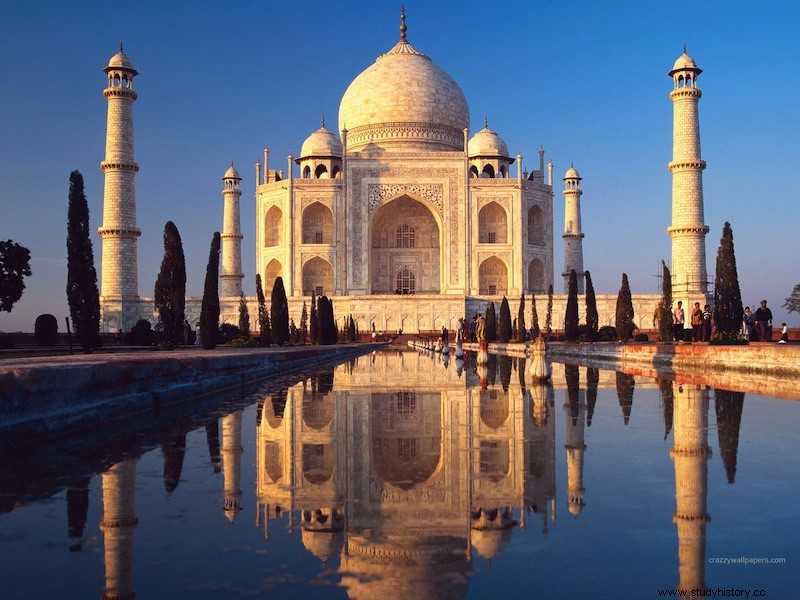Madrid's Almudena Cathedral It is due to the interest that María de las Mercedes de Orleans put into its construction. , first wife of King Alfonso XII . After his untimely death, the heartbroken widower wanted to fulfill his wife's wish and stipulated that, as in the case of the Taj Mahal , the cathedral would be his mausoleum and would go down in history as a testimony of his love.
The project, which began in 1883, however, was not completed until the end of the 20th century, specifically 1993, when Pope John Paul II consecrated it. The Almudena Cathedral is neoclassical on the outside and neo-Gothic on the inside, with a neo-Romanesque crypt without this concurrence of neos resulting in any prejudice. It has a Latin cross floor plan, apse with an ambulatory, 13 chapels, three altars, a dome 20 meters in diameter that is Gothic on the inside and Baroque on the outside, a unique case in Christianity.
Madrid, with its modesty of being only a town in the times of the Habsburgs, never had a cathedral like so many other much smaller Spanish cities. This was due to the fact that the archbishops of Toledo never consented to having a bishop in the capital, fearful of losing his influence at court. Finally, the historical mess was corrected in 1885 when the diocese of Madrid was created. Yes, they already had a bishop, but what about the cathedral? At first, the Collegiate Church of San Isidro functioned as such. , but it was evident that a city like Madrid needed an egregious building. Fortunately, the ingenuity of María de las Mercedes appeared. The result looks visible today.

Finally, since November 8, 2000, the mortal remains of the queen rest under the image of the patron saint of Madrid, veiled by the inscription that Alfonso XII himself wrote in memory of her beloved:
Mary of the Mercedes. From Alfonso, sweetest wife
The Taj Mahal Indian, the most famous marble teardrop on the planet, was ordered to be built by the Mughal emperor Shah Jahan in memory of his wife Mumtaz Mahal in the 17th century and today it attracts thousands of tourists every year. The empress died during childbirth after giving birth to fourteen children. In Agra, the Tal Mahal stands as a splendid white exclamation point within the pink apostrophe of love. It took 22 years of work to build, cost three million rupees, 500 kilograms of gold and 20,000 workers.

Collaboration with Javier Ramos from Places with History.
Image:Traveler
